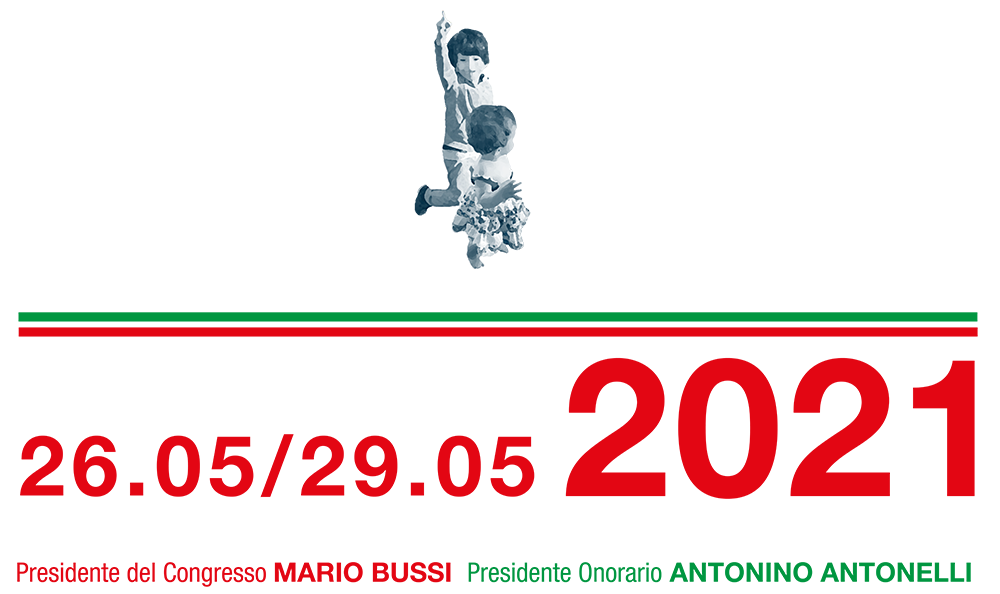Call for Abstracts
Build your own Congress
Dear Colleagues,
It’s a great pleasure to invite you to join the 107th National Congress of the Italian Society of Otolaryngology and Head and Neck Surgery, presenting an abstract for one or more of the scientific activities listed below.
The Congress will focus on synthesis and on participation of young colleagues, whose contribution will be particularly appreciated. The exposure time will be limited for everyone, and every speaker is kindly asked to strictly comply with it.
The contributions will be divided according to the following topics:
- Audiology and Otology
- Neurotology, Balance Disorders and Equilibrium
- Phoniatrics, Laryngology and Swallowing Disorders
- Sleep Medicine and Sleep Surgery
- Head and Neck Surgery and Oncology
- Pediatric Otorhinolaryngology
- Rhinology and Facial Plastic Surgery
- Miscellaneous
Each of the scientific activities listed below can be presented both in Italian or English, according to the speaker’s preference. The Scientific Secretariat reserves the right to maintain a balance between the languages used in the Congress.
The deadline for submission of contributions is postponed to December 20th, 2020.
Instructional Courses
A specific report concerning any subject within the Otorhinolaryngology, analyzed into details. The Course can be held by 1, 2 or preferably 3 Authors, coming from the same or from different institutions. The duration of the Course will depend on the number of Authors: in case of only one Author the course will last 20 minutes; Courses held by two or three Authors the duration will be 30 minutes. In both cases after the Course there will be a 10 minutes discussion. The Instructional Courses will take place on Wednesday morning.
See more…
How I do it
Exposure of a specific diagnostic or therapeutic procedure (whether surgical or not) with an explicit practical purpose. Videos will be highly appreciated as a teaching tool. This contribution will include one or two speakers, who will have a total of up to 20 minutes, plus 5 minutes for discussion.
See more…
Round Table
A classic formula for comparison or integration among several speakers about a particular topic of current interest. The Round Table will include a Coordinator, 3 to 5 Panelists and a Chairman, and will last 60 minutes. The task of the Coordinator will be to propose the contents and interact with the Panelists, assigning the individual contributions before the event. During the Round Table, the Coordinator will guide the succession of the presentations. The task of the Chairman will mainly be to guarantee the respect of times, being also able to bring a critical personal contribution to the panel. The Chairman will be indicated by the Scientific Secretariat.
Proposals presented by young colleagues or involving multidisciplinary discussion will be particularly appreciated.
To complete the Round Table it will be possible, according to the Coordinator’s preference, to add a session of clinical cases discussion.
The Presenter of the clinical cases cannot be neither the Coordinator nor one of the Panelists; a young or very young colleague is desirable for this role. During the presentation of the clinical cases, the Presenter will have to ask questions to the audience and to the Panelists about the case management; answers will be provided in real time. The Coordinator will be responsible for commenting on the answers and stimulating the discussion.
Should the round table include the discussion of clinical cases, it will benefit from 15 additional minutes, depending on the judgement of the Scientific Committee (a sufficient time to present and discuss the clinical cases must be guaranteed, for example by using 45 minutes for the panel and 30 minutes for the discussion of clinical cases).
See more…
It happened to me…
Narration of a particularly eloquent/curious/unexpected clinical case characterized by useful training cues, presented by an “under 40” colleague. In addition to the Presenter, this contribution includes the participation of two Discussants (better if very experienced colleagues). The discussion will include interaction with the audience and with the Discussants, and must proceed step by step, starting from the clinical evaluation to determine the diagnosis and treatment. The clinical case does not necessarily have to be complex or difficult to manage. This formula will have a total duration of 20 minutes.
See more…
Free Communication/Video
The speaker will have 6 minutes to present the proposed topic, followed by 2 minutes of discussion. There is no distinction between Free Communications and Videos. The communications may contain videos. A speaker must be present at the Video screening.
See more…
3D Video
The speaker will have 8 minutes to show the 3D Video, followed by 2 minutes of discussion. A speaker must be present at the 3D Video screening.
Note: the videos will be preliminarily tested by the audio-video personnel of the Congress to test the showing devices compatibility. For further details, please contact the Congress Organizers.
See more…
Miniclip
A short video with a maximum duration of 150 seconds, with subtitles but without audio commentary. The miniclips will be screened continuously on dedicated Congress monitors. Miniclips will not be discussed.
See more…
Poster
With permanent showing on dedicated monitors for the entire duration of the Congress, without discussion of them. Together with the Poster, a high-quality representative image or photo must be provided, which will be used as a reference to the Poster: in fact, the access to the contents of the Poster will be provided by a click on that image. Images will appear on dedicated monitors. Posters that will receive the highest number of clicks will be awarded on Friday evening.
See more…
How to do…
(tips and tricks in the daily professional practice)
Practical training courses that will be held on invitation, concerning commonly performed procedures, by very experienced surgeons together with two very young Discussants.
For more information on how the Congress will be structured and to know how to send contributions through the abstract form, you can use the links below.
Good job to everyone.
Mario Bussi

